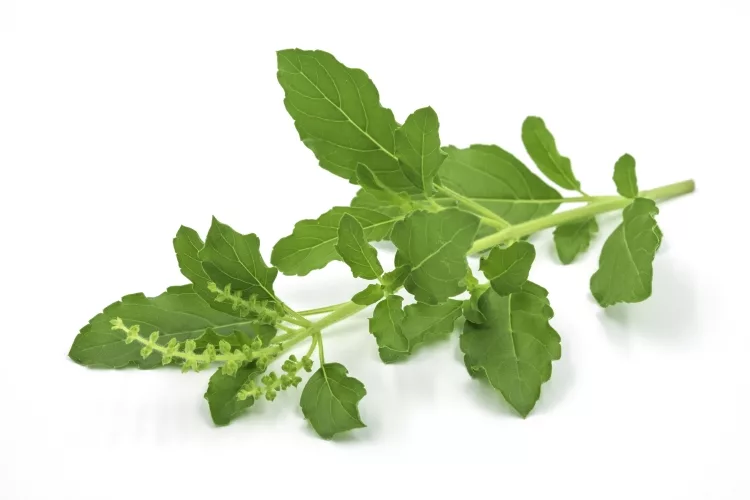reviewed by Christina Lopez
Tulsi plant otherwise is known as the ocimum tenuiflorum or otherwise also known as holy basin or simply called as tulsi.


Since tulsi plant is really important, it is necessary for the hindus to take great care of it. Like every plant, even Krishna tulsi plant needs fertilization.
As mentioned previous fertilization is a major process in the healthy growth of any plant or crop.
There are various ways of accomplishing the process of fertilization like granular, spike fertilization and liquid fertilization.
Mostly spike fertilizer otherwise stick fertilizer and liquid fertilizer is preferred by the gardeners due its advantages over other types of fertilizers.
So the first and primary step is to provide proper amount of fertilizers. The next step is using proper vermi compost.
The most preferred one is using organic one. They also show significance benefits in the growth of the plant.
Apart from that you can use coco peats purely made up of coconut elements. So you can use that as well for the healthy growth of your plant.
The next major step is provide efficient amount of water to your plant. Like humans even plants need water in order to survive.
And when you use organic compost it increases the quality of your soil. It increases the fertility of the soil. Hence never ever forget to using the organic compost.
Since it is organic it will be cheaply available. And when you use fertilizers, they have the great capacity to hold water and providing to the plant whenever it is necessary.
Using fertilizers also balances the Ph value of your soil. These above mentioned measures are more than enough for the healthy growth of your Krishna tulsi plant.

Best Drip Irrigation Kit in India
5 Essential Plants Mentioned in Vedas
 |
 |
 |
 |

About Christina Lopez
Christina Lopez grew up in the scenic city of Mountain View, California. For eighteen ascetic years, she refrained from eating meat until she discovered the exquisite delicacy of chicken thighs. Christina is a city finalist competitive pingpong player, an ocean diver, and an ex-pat in England and Japan. Currently, she is a computer science doctoral student. Christina writes late at night; most of her daytime is spent enchanting her magical herb garden.
 |
 |
 |
 |
Check These Out
Get new FREE Gifts. Or latest free growing e-books from our latest works.
Disable Ad block to reveal all the links. Once done, hit a button below
 |
 |
 |
 |